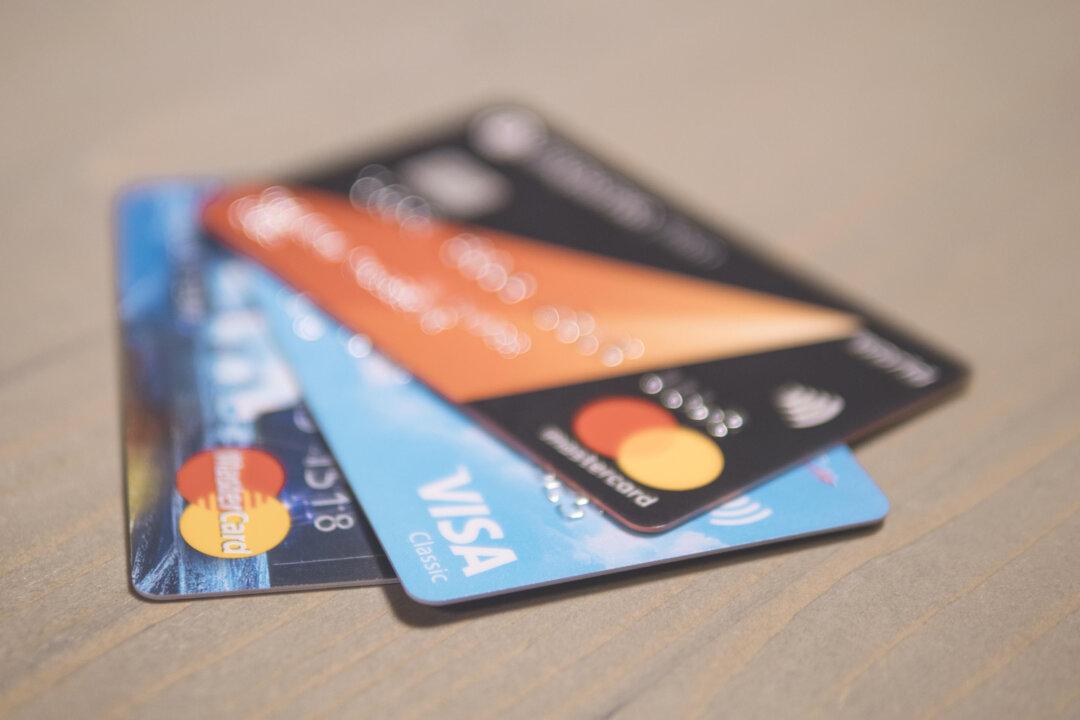By Ashley Onadele
From Bankrate
It’s easy to be lured in by attractive sign-up bonuses from every card on the market, especially airline credit cards that are marketed to you when you’re already on a plane. However, choosing the right airline credit card can be an important step in building a well-rounded credit card strategy.






